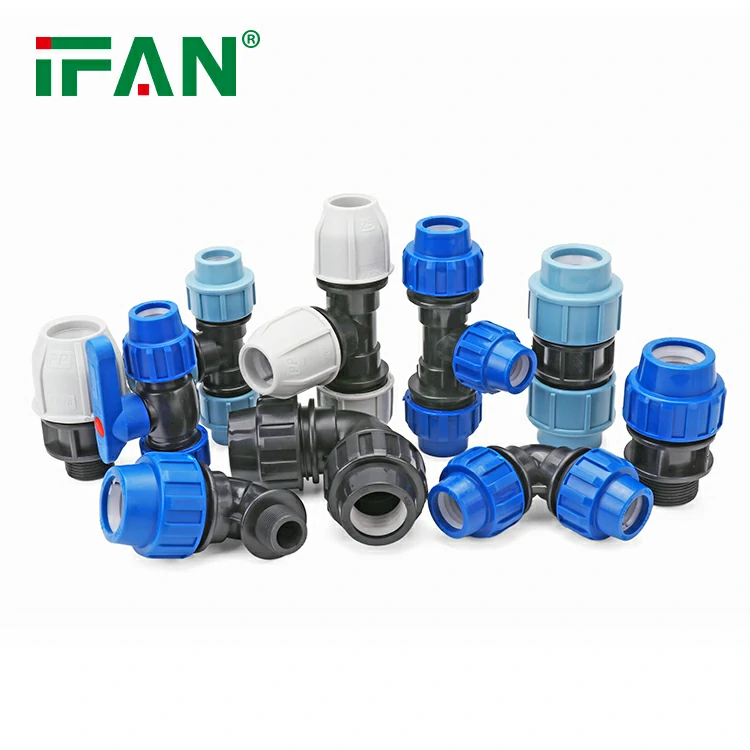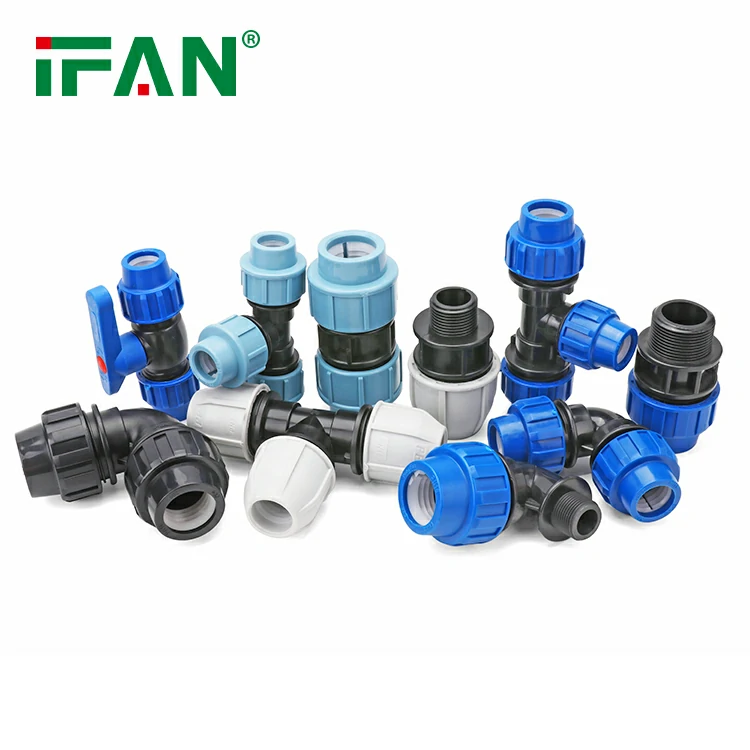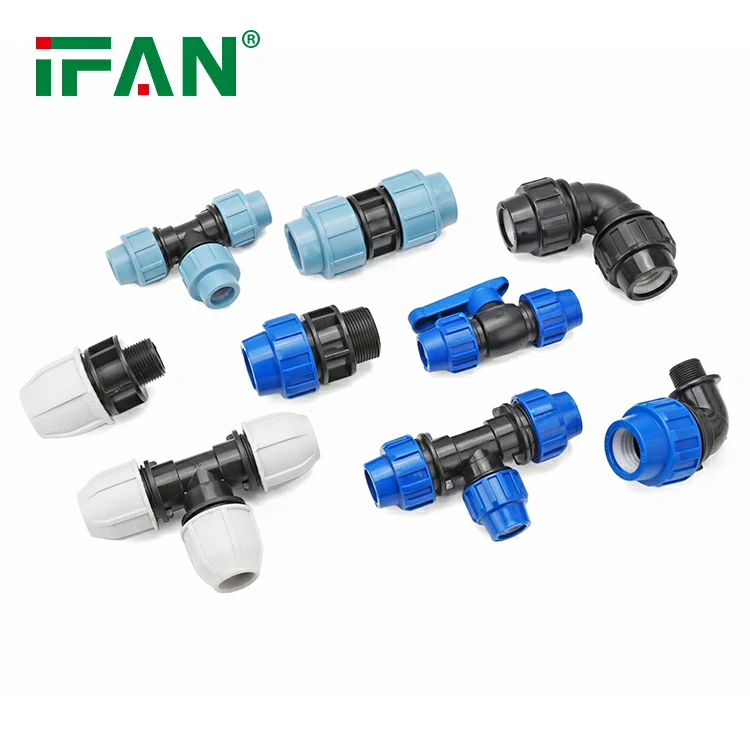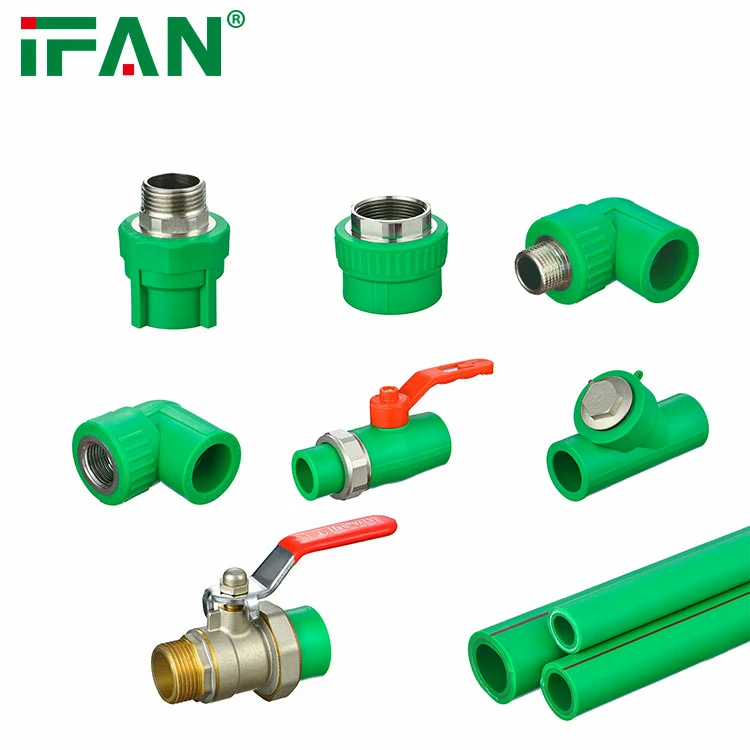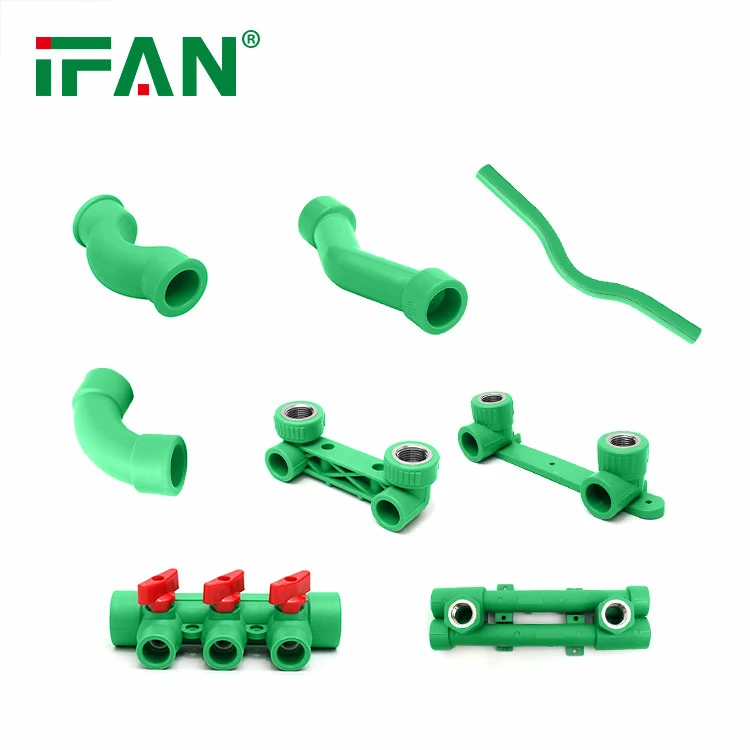Introduction
In a significant development affecting the plumbing industry, a court has ordered the re-evaluation of the Water Supply Corporation (WSC) tender for Polypropylene Random Copolymer (PPR) pipe fittings. This decision comes amid growing concerns about the procurement process and the quality of materials used in public infrastructure projects. This article explores the implications of this court ruling, the importance of PPR pipe fittings, and the broader context of procurement practices in the plumbing sector.
Understanding PPR Pipe Fittings
What are PPR Pipe Fittings?
PPR pipe fittings are essential components used in conjunction with PPR pipes to create a complete plumbing system. These fittings include various shapes and sizes, such as elbows, tees, couplings, and valves, allowing for the seamless connection and transition between different sections of piping. Made from high-quality polypropylene, PPR fittings are known for their durability, resistance to corrosion, and ability to withstand high temperatures.
Importance of PPR Pipe Fittings
- Durability: PPR pipe fittings are designed to last, matching the longevity of the pipes themselves. Their robust construction ensures that they can withstand the pressures and stresses of plumbing systems.
- Corrosion Resistance: Like PPR pipes, PPR fittings do not rust or corrode, making them ideal for transporting both hot and cold water without compromising water quality.
- Ease of Installation: PPR fittings are lightweight and easy to install, which can significantly reduce labor costs and installation time. They can be welded together using specialized techniques, creating strong, leak-proof joints.
- Cost-Effectiveness: Although the initial cost of PPR fittings may be higher than traditional metal options, their long lifespan and low maintenance requirements make them a cost-effective choice for plumbing systems.
The WSC Tender Process
Background of the Tender
The Water Supply Corporation (WSC) is responsible for ensuring the provision of safe and reliable water supply systems. As part of its ongoing efforts to upgrade infrastructure, the WSC issued a tender for the procurement of PPR pipe fittings. This tender aimed to secure high-quality materials that meet the standards required for public health and safety.
Concerns Raised
Following the initial evaluation of the tender submissions, concerns were raised regarding the transparency and fairness of the procurement process. Stakeholders highlighted potential discrepancies in the evaluation criteria and the qualifications of the bidders. These concerns prompted a legal challenge, leading to the court’s decision to order a re-evaluation of the tender.
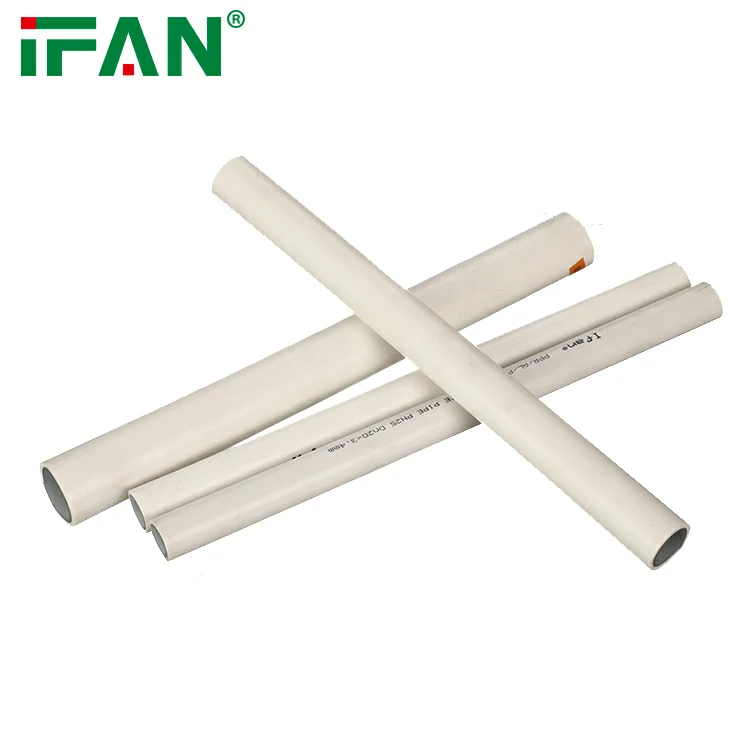
Implications of the Court Ruling
Impact on the Procurement Process
The court’s ruling to re-evaluate the WSC tender for PPR pipe fittings underscores the importance of transparency and fairness in public procurement. This decision serves as a reminder to organizations about the necessity of adhering to established guidelines and best practices when awarding contracts. A fair tendering process not only ensures that the best materials are procured but also fosters competition and trust among suppliers.
Quality Assurance
Re-evaluating the tender provides an opportunity to ensure that the selected PPR pipe fittings meet the required quality standards. The integrity of public infrastructure projects relies heavily on the materials used, and subpar fittings can lead to significant issues, including leaks, reduced system efficiency, and increased maintenance costs.
The Role of PPR Pipes in Modern Plumbing
Growing Popularity of PPR Pipes
PPR pipes have gained immense popularity in recent years due to their numerous advantages over traditional materials. Their lightweight nature, combined with their resistance to corrosion and chemical damage, makes them a preferred choice for various plumbing applications. As urbanization continues to rise, the demand for efficient and sustainable plumbing solutions is expected to grow.
Applications of PPR Pipes
- Residential Plumbing: PPR pipes are widely used in residential plumbing systems for both hot and cold water supply. Their durability and thermal insulation properties ensure a reliable water supply.
- Commercial Installations: In commercial buildings, PPR pipes are utilized for HVAC systems, drinking water supply, and irrigation systems, providing a versatile solution for diverse applications.
- Industrial Use: PPR pipes are also employed in industrial settings, where their resistance to chemicals and high temperatures makes them suitable for transporting various fluids.
Future Prospects for PPR Pipe Fittings
Innovations in PPR Technology
The plumbing industry is witnessing continuous innovations in PPR technology, enhancing the performance and capabilities of PPR pipe fittings. New manufacturing techniques and materials are being developed to improve the strength, flexibility, and overall quality of PPR fittings.
Sustainability Trends
As the world moves towards more sustainable practices, PPR pipes and fittings are well-positioned to meet these demands. Their recyclable nature and energy-efficient manufacturing processes align with the growing emphasis on sustainability in construction and infrastructure projects.
Market Growth
The global market for PPR pipes and fittings is expected to grow significantly in the coming years. Factors such as increased urbanization, government infrastructure spending, and rising awareness of water conservation are driving this growth. Companies like Othmann and others that focus on quality and innovation will likely benefit from this trend.
Conclusion
The court’s order to re-evaluate the WSC tender for PPR pipe fittings highlights the importance of transparency and quality in public procurement processes. As the plumbing industry continues to evolve, PPR pipes and fittings remain a vital component of modern plumbing systems, offering durability, efficiency, and sustainability. With ongoing innovations and a growing market, the future for PPR technology looks promising.
FAQs
- What are PPR pipe fittings?
- PPR pipe fittings are essential components used to connect and transition between PPR pipes in plumbing systems.
- What are the benefits of using PPR pipes?
- PPR pipes offer durability, corrosion resistance, thermal insulation, ease of installation, and cost-effectiveness.
- Why was the WSC tender re-evaluated?
- The tender was re-evaluated due to concerns about the transparency and fairness of the initial procurement process.
- What applications are PPR pipes used for?
- PPR pipes are used in residential plumbing, commercial installations, industrial processes, and irrigation systems.
- What is the future outlook for PPR pipes and fittings?
- The market for PPR pipes and fittings is expected to grow due to urbanization, sustainability trends, and ongoing innovations in technology.

